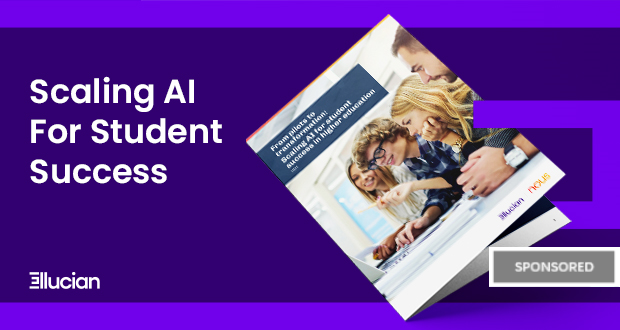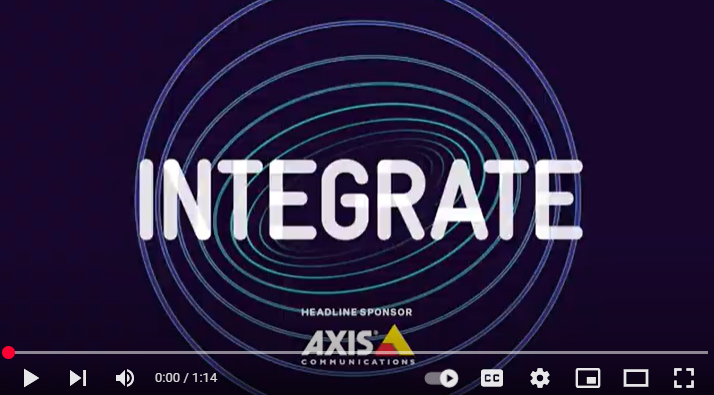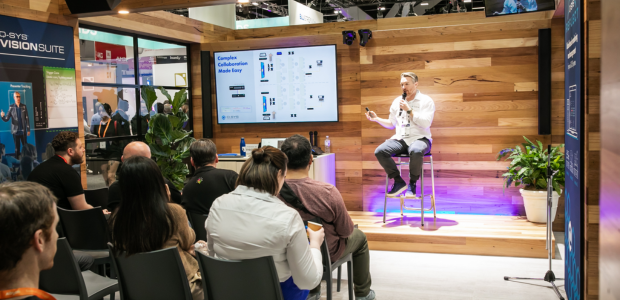Australia’s higher education sector is highly dependent on casual and contract staff. As of 2021, 43 per cent of higher education employees were employed as casual or fixed-term contract employees. This puts education among the top 10 industries in terms of casual employment utilisation.
While this workforce model provides flexibility for universities, it also introduces significant payroll complexities, including managing multiple roles under different awards, ensuring accurate timesheet approvals, and meeting compliance obligations for both domestic and international employees.
For staff, payroll errors – such as delayed payments, incorrect classifications, or missed superannuation contributions – can have severe financial and emotional consequences.
To mitigate these risks, universities are looking to adopt modern payroll systems that automate compliance, improve accuracy, and enhance payroll transparency. Without effective payroll management, institutions risk financial penalties, reputational risk, and damage to staff wellbeing.
‘Wage theft’ or just outdated technology?
Campus Review readers will no doubt be familiar with the many stories of underpayment in the education sector.
Dubbed ‘wage theft’ in a report by the same name in 2023, the National Tertiary Education Union (NTEU) reported underpayments of $159 million since 2009, across 97,500 staff, 55 separate incidents and 32 different institutions.
The union blamed these underpayments to casual workers on ‘conditions of the awards not being followed’, bit in reality, it isn’t so simple.
In its response to the NTEU report, the Australian Higher Education Industrial Association (AHEIA) found that “complex industrial agreements and government policy and funding arrangements had contributed to the [wage underpayment] issue, however, institutions have an obligation to ensure appropriate governance settings and frameworks to avoid these circumstances emerging.”
“This includes implementing updates and changes to workforce system architecture, such as payroll and time recording systems.”
Universities operate under some of the most complex employment frameworks in Australia. Staff can hold multiple contracts simultaneously, such as teaching undergraduates while working on a research grant, all under separate pay structures.
Without an integrated HR and payroll system, ensuring compliance across these contracts becomes a high-risk administrative challenge. Instead of focusing on past underpayments, the focus should be on modernising payroll technology to prevent future mistakes.
To do this, universities and higher-education institutions across Australia are investing in payroll automation, real-time compliance tracking, and award interpretation tools to ensure correct payments, protect their reputations, and improve staff confidence in payroll accuracy.
The role of payroll automation in reducing errors
Companies that rely on manual data entry and updates to data always run the risk of payroll errors and compliance issues. Relying on paper or even spreadsheets to track time worked and manually keying this data into systems creates a huge risk right from the start of the process.
Errors often stem from these outdated and manual payroll processes, not from negligence or cost-cutting. It’s in these systems where complexities such as irregular working hours, different payment structures, and compliance with visa and employment laws create administrative strain.
By eliminating manual data entry and automating compliance checks, universities can ensure employees receive accurate and timely payments while reducing financial and reputational risks.
Automation also simplifies complex payroll calculations – such as processing multiple roles under different pay scales – ensuring employees are paid according to their specific contract terms without administrative bottlenecks.
How real-time payroll reporting improves accuracy and transparency
Payroll transparency is essential for improving trust between universities and their employees, as is the ability to run payroll in real-time and see the impact of calculations. This becomes possible when organisations automate the process and focus on managing exceptions rather than processing errors.
A real-time payroll calculation allows payroll teams to identify anomalies early in the cycle, chase missing or invalid timesheets, and pinpoint specific employees whose pay data needs to be adjusted without having to reprocess the entire payroll.
The latest technologies, such as artificial intelligence (AI) and machine learning (ML), will further improve automation and exception handling. These tools will enable payroll managers to identify potential issues earlier in the pay cycle, ensuring errors are corrected before payroll is finalised.
Real-time reporting also allows universities to forecast workforce expenses more effectively, preventing payroll overruns and ensuring compliance with both internal financial controls and external regulatory obligations.
The benefits of integrated HR and payroll systems
Managing payroll for casual and non-permanent staff has long been a challenge for universities, particularly when employees hold multiple roles across different departments with varying conditions and payment rules.
To overcome payroll complexities, universities need integrated HR and payroll systems, automated payments and improved compliance tracking. A truly integrated system, such as TechnologyOne’s Human Resources & Payroll (HRP), provides:
- A single source of truth for multiple roles within an institution, ensuring that casual staff who also hold permanent positions are accurately classified and compensated.
- Seamless onboarding and payroll management, ensuring new staff are correctly set up for payroll from day one.
- Automated compliance monitoring, reducing the administrative burden on payroll teams.
- Flexible self-service tools, allowing casual and contract staff to manage their employment records independently.
- Real-time cost tracking, ensuring payroll expenses align with funding allocations and institutional budgets.
Universities that are now using TechnologyOne’s Human Resources & Payroll have benefited from a more efficient approach to payroll. Charles Darwin University, for example, transitioned from separate legacy HR, recruitment and payroll systems to a fully integrated HR and Finance platform, eliminating inefficiencies and reducing payroll errors.
Similarly, the University of Dundee in the UK moved from highly bespoke, costly custom systems to a standardised enterprise platform, resulting in cost savings and process efficiency.
Future-proofing payroll for higher education
As universities continue to adapt to workforce casualisation and regulatory changes, investing in a scalable and automated payroll system is essential. Future-proofing payroll means ensuring that universities have a system capable of handling evolving award structures, diverse employment types, and increasing compliance demands.
TechnologyOne’s Human Resources & Payroll (HRP) helps universities automate payroll, ensure compliance, and reduce payroll errors, delivering a seamless, integrated workforce management experience.
Find out how TechnologyOne HRP can transform your university’s payroll processes.
Andy Cox is TechnologyOne’s General Manager for HR & Payroll Products, leading the development of innovative solutions that help organisations manage the entire employee lifecycle from recruitment to retirement.
Do you have an idea for a story?
Email [email protected]















